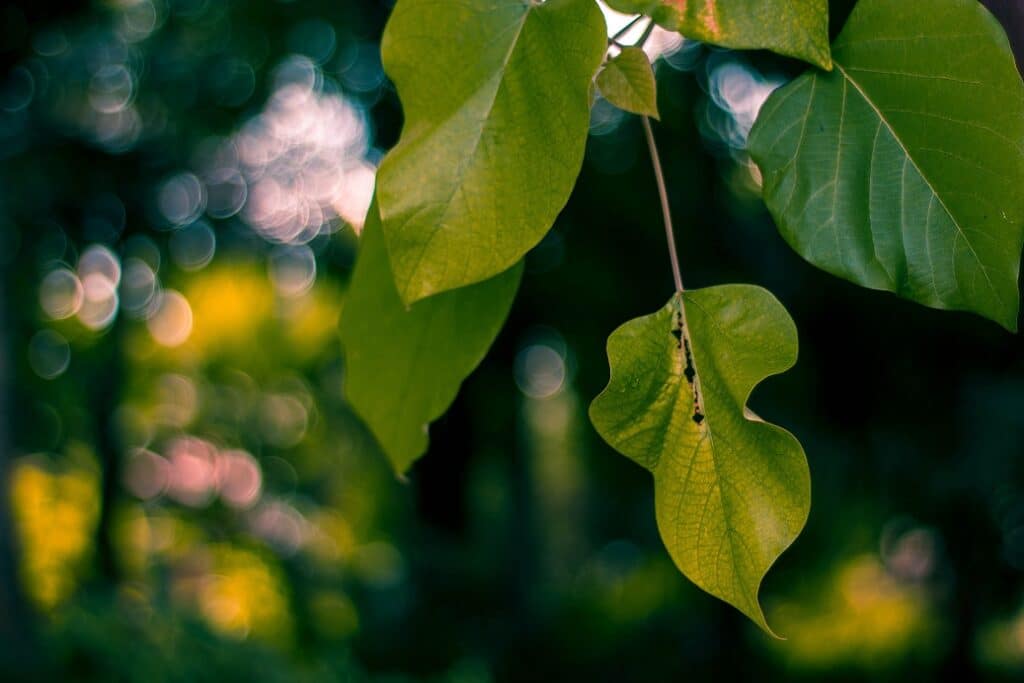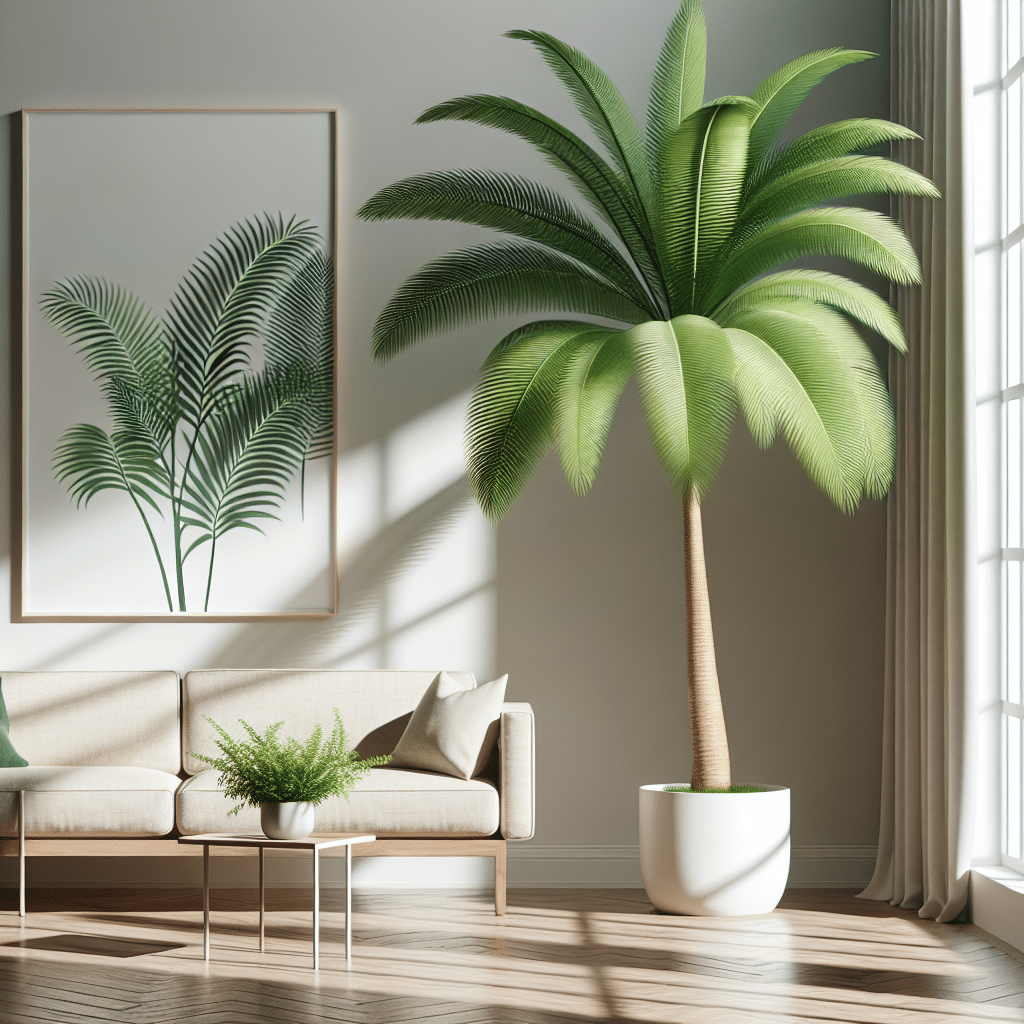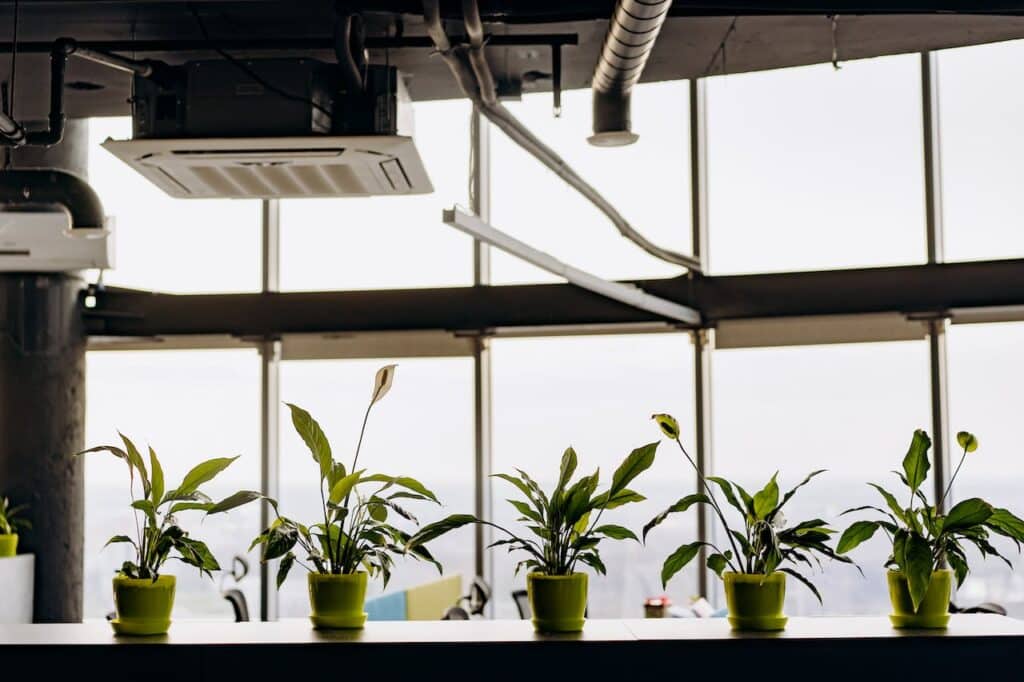Indoor plants can attract bugs due to overwatering, poor drainage, or using infested soil. Learn prevention tips and solutions to keep your indoor plants healthy and bug-free.
Indoor plants not only bring a touch of nature into your living space but sometimes, they also invite some uninvited guests – bugs. Yes, those tiny creatures buzzing around your beloved greenery can be quite bothersome. But have you ever stopped to wonder why indoor plants attract bugs in the first place? Is it something about their irresistible charm or is there a deeper reason lurking beneath the surface? In this article, we’ll uncover the mysteries behind this common phenomenon and explore the factors that make indoor plants a beacon for bugs. So, get ready to discover the world of indoor plants and their intriguing bug magnetism.
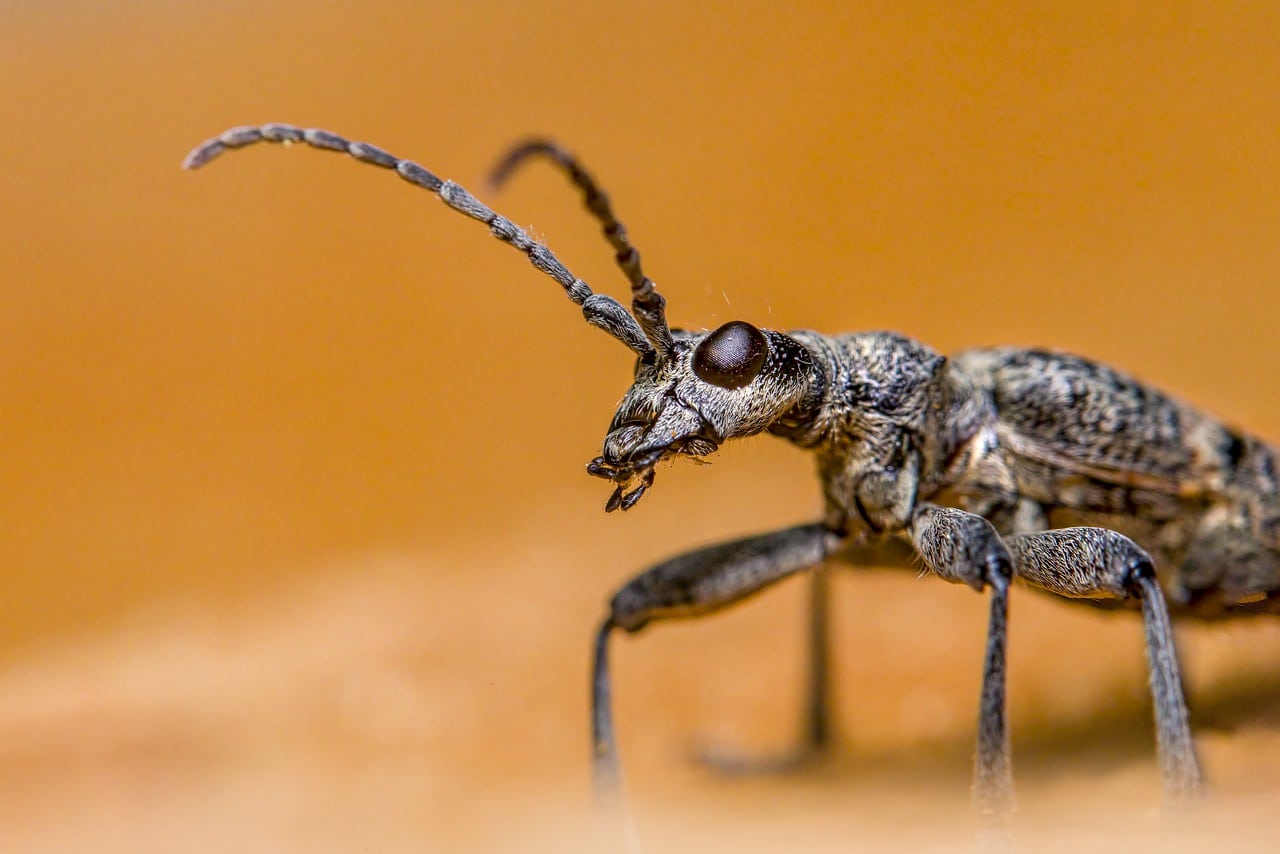
The Nature of Indoor Plants
Indoor plants are a beloved addition to any home or office space. They not only enhance the aesthetic appeal of the surroundings but also bring numerous health benefits. However, one common challenge that many indoor plant owners face is dealing with bug infestations. Understanding the nature of indoor plants, the insects they attract, and the reasons behind this attraction is crucial in maintaining healthy and bug-free indoor gardens.
Understanding Indoor Plants
Indoor plants are species that are well-suited to grow and thrive in an indoor environment. They have adapted to lower light levels, limited space, and different humidity levels compared to their outdoor counterparts. The most common types of indoor plants include succulents, ferns, peace lilies, spider plants, and rubber plants. These plants not only provide visual appeal but also improve air quality by removing toxins and releasing oxygen.
The Typical Environment for Indoor Plants
Indoor plants thrive best in environments that mimic their natural habitat. They require a balance of light, water, and humidity to grow and flourish. Typically, indoor plants prefer bright, indirect light to direct sunlight. Overwatering or insufficient watering can lead to root rot or dehydration for these plants. Additionally, maintaining the right level of humidity is essential, as excessively dry or humid conditions can affect their health.
The Common Types of Indoor Plants that Attract Bugs
Certain types of indoor plants are more prone to attracting bugs than others. The most common culprits include spider mites, fungus gnats, aphids, and mealybugs. Spider mites tend to infest plants with fine foliage, while fungus gnats are attracted to plants with damp soil. Aphids and mealybugs are notorious for damaging a wide range of indoor plant species. However, it’s important to note that bug infestations can occur in any indoor plant under the right conditions.
Different Insects Attracted to Indoor Plants
Understanding the insects that commonly infest indoor plants and their characteristics is essential in effectively dealing with bug infestations.
Common Insects that Infest Indoor Plants
Spider mites, aphids, mealybugs, and fungus gnats are among the most common insects that infest indoor plants. Spider mites, which are tiny arachnids, often go unnoticed until the leaves of the plant show signs of webbing or discoloration. Aphids, on the other hand, are small, soft-bodied insects that usually cluster on new growth and suck sap from the plant. Mealybugs are easily noticeable due to their cottony white appearance, and they tend to infest the leaf axils and undersides of the leaves. Fungus gnats, resembling small flies, are attracted to moist soil and can cause damage to the roots.
Characteristics of Insects Attracted to Indoor Plants
Insects attracted to indoor plants often share similar characteristics. They are typically small in size, reproduce rapidly, and have a preference for particular plant structures or conditions. Many of these insects feed by sucking on the sap of plants, resulting in weakened or distorted foliage. They can cause visible damage such as holes in leaves, stunted growth, and yellowing of plant parts. Additionally, these insects often have a protective wax or webbing covering, making them difficult to eliminate using conventional methods.
Life Cycle of Insects on Indoor Plants
Understanding the life cycle of insects infesting indoor plants is key to effectively managing their populations. Insects go through various stages, including eggs, larvae or nymphs, pupae, and adults. Each stage has its own specific characteristics and vulnerabilities. By understanding the life cycle, it becomes easier to identify the appropriate intervention methods to break the life cycle and prevent infestations from recurring.

Why Indoor Plants Attract Bugs
The allure of indoor plants to bugs can be attributed to several factors. Understanding these reasons can help in preventing and managing bug infestations effectively.
The Nutritional Value of Plants to Bugs
Indoor plants provide a rich source of nutrients for bugs. The sap of plants serves as their primary food source, providing essential carbohydrates and proteins. Insects are attracted to the nutrients in the plant’s tissue as it allows them to feed, grow, and reproduce. This nutritional value makes indoor plants an irresistible target for various bugs.
Plants as a Favorable Habitat for Bugs
Indoor plants create a favorable habitat for bugs due to the warm and controlled environment they provide. These plants offer shelter and protection, allowing insects to hide, lay eggs, and reproduce. The confined space of indoor environments also increases the likelihood of insect infestations, as bugs have limited options for dispersal.
The Role of Plant Stress in Attracting Bugs
Stressed or unhealthy plants are more susceptible to bug infestations. When a plant is under stress, it releases volatile compounds that attract insects. Factors such as inadequate light, overwatering, poor air circulation, and incorrect temperatures can all contribute to plant stress. Bugs are quick to detect and target stressed plants, as they are weaker and more vulnerable to damage.
Effects of Bug Infestation on Indoor Plants
Bug infestations can have a detrimental effect on the health and appearance of indoor plants. Understanding these effects is crucial in preventing long-lasting damage.
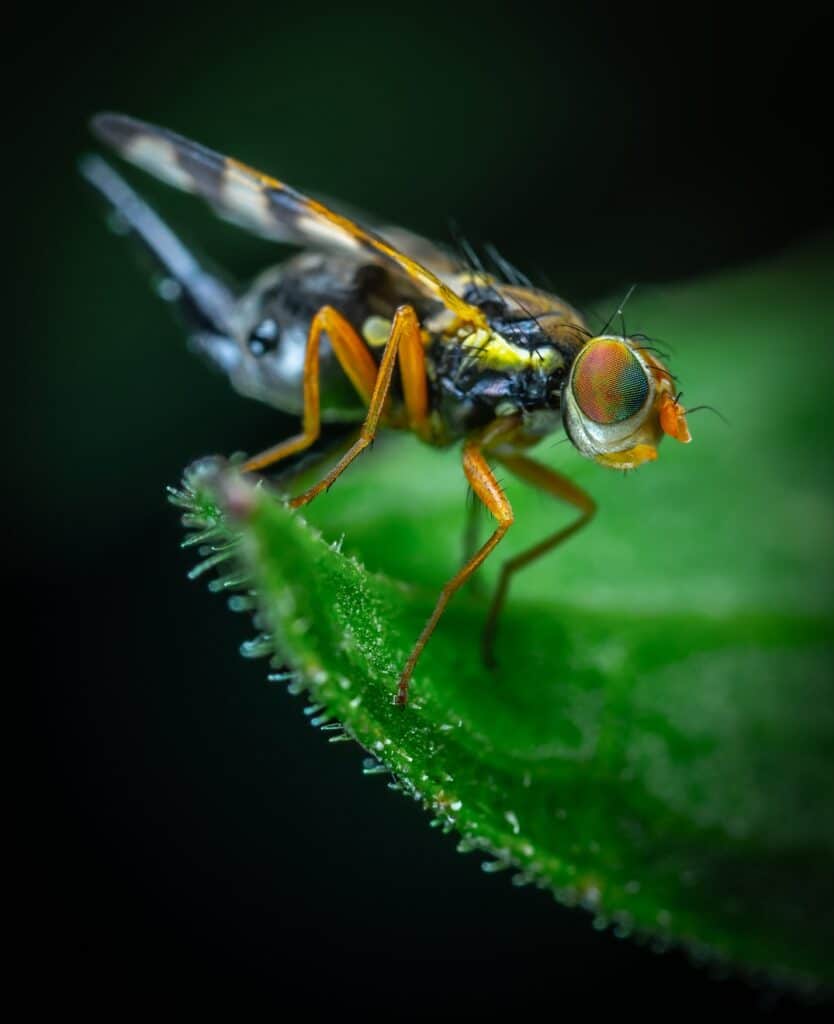
Physical Damage to Plants
Insects can cause visible physical damage to the leaves, stems, and roots of indoor plants. They may chew through leaves, leaving behind unsightly holes and scars. Additionally, sucking insects such as aphids and spider mites can cause wilting, yellowing, and distortion of plant parts. Continuous feeding by bugs can weaken the overall structure of the plant, making it susceptible to further damage.
Impact on Plant Growth and Development
Bug infestations can significantly hinder the growth and development of indoor plants. Insects that feed on the sap of plants deprive them of vital nutrients required for proper growth. This can lead to stunted growth, poor flowering, and overall decline in the plant’s health. Furthermore, the stress caused by bug infestations can weaken the plant’s immune system, making it more susceptible to diseases and further damage.
Disease Transmission Among Plants
In addition to causing physical damage, bugs can also act as carriers of plant diseases. Some insects, such as aphids, can transmit viral diseases from one plant to another as they feed. This can lead to the rapid spread of diseases within an indoor garden, affecting multiple plants simultaneously. The combination of bug infestations and disease transmission can be devastating to the overall health and vitality of indoor plants.

Common Signs of Bug Infestations
Being able to recognize the signs of bug infestations is essential in preventing and treating them promptly.
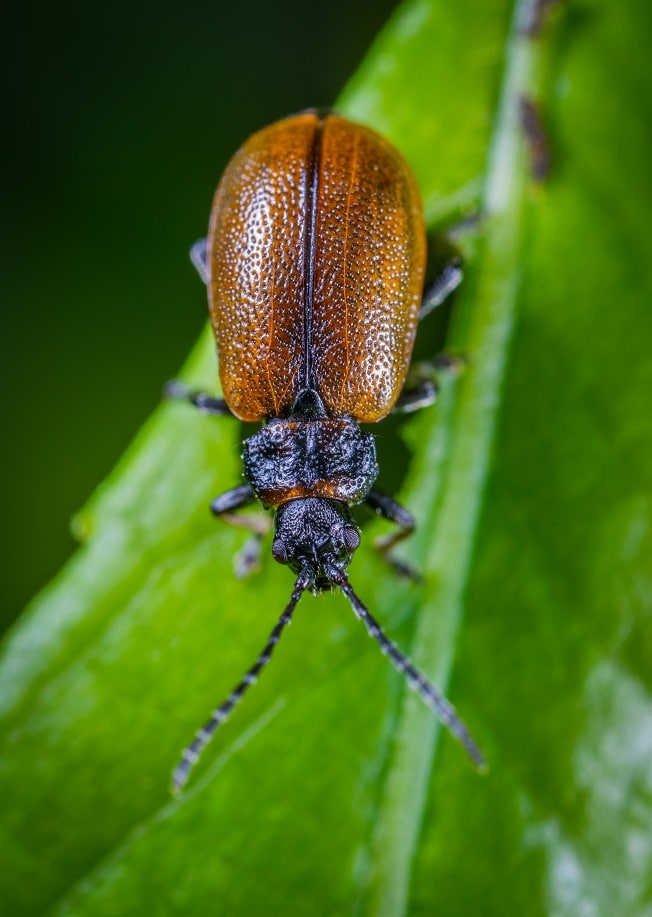
Visual Signs of Bug Infestation
Visual cues such as the presence of insects on leaves or stems, webbing, or a sticky residue on the leaves are all indications of a bug infestation. Webbing, often associated with spider mites, can be seen as fine wisps covering the plant’s foliage. Meanwhile, a sticky residue, known as honeydew, is produced by sucking insects like aphids and mealybugs. This residue can attract ants and serve as a breeding ground for mold.
Plant Symptoms Indicating Bug Infestation
Bug infestations can cause various symptoms in indoor plants. These can include yellowing, browning, or wilting of leaves, distorted or stunted growth, and the presence of mold or fungal infections. Some plants may exhibit abnormal leaf drop, while others may display a loss of vigor and reduced overall health. Being alert to these symptoms enables proactive measures to be taken before the infestation worsens.
Behavioral Changes in Plants Due to Bug Infestation
Insect infestations often lead to noticeable behavioral changes in indoor plants. Some plants may display a defensive response, such as producing extra resin or emitting chemical compounds to repel insects. Others may exhibit signs of stress, such as drooping leaves, reduced photosynthesis, or a change in direction of growth. Observing these behavioral changes can help identify bug infestations before they cause irreversible damage.
Preventing Bug Infestations in Indoor Plants
Preventing bug infestations is the best approach to ensure the health and longevity of indoor plants. By following some essential guidelines, you can create an environment that is unfavorable for bugs.

Proper Plant Selection and Care
Choosing the right indoor plants for your specific environment is key to preventing bug infestations. Some plants are naturally more resistant to bugs, while others are more susceptible. Researching the specific plant’s requirements and considering factors such as light levels, humidity, and maintenance needs can significantly reduce the risk of infestations. Proper watering, pruning, and fertilizing techniques are also essential in maintaining optimal plant health.
Creating an Unfavorable Environment for Bugs
Bugs thrive in specific conditions, so creating an environment that is unfavorable for them can help prevent infestations. Avoid overwatering plants, as standing water can attract pests like fungus gnats. Ensure proper air circulation and avoid excessive humidity by using fans or dehumidifiers, as this can deter certain insects. Regularly clean the leaves with a damp cloth to remove dust, which can serve as a breeding ground for bugs.
Regular Inspection and Early Intervention
Regularly inspecting your indoor plants is crucial in early detection and prevention of bug infestations. By closely examining the leaves, stems, and soil, you can identify any signs of insects or their eggs. Act promptly at the first sign of infestation by removing affected parts, manually removing insects, or employing non-chemical control methods. Early intervention is key to minimizing the damage caused and preventing the spread of bugs to other plants.
Controlling Infestations: Non-Chemical Methods
When faced with a bug infestation in indoor plants, it is important to explore non-chemical methods of control before resorting to pesticides.
Using Physical Barriers and Traps
Physical barriers and traps are effective non-chemical methods to control bug infestations. Placing sticky traps near affected plants can help to capture flying insects such as fungus gnats. Additionally, using physical barriers like fine mesh or netting can prevent crawling insects from accessing the plants. These methods provide a safe and environmentally friendly way to reduce bug populations without introducing chemicals.
The Role of Beneficial Insects
Introducing beneficial insects into indoor gardens can help control bug populations naturally. Ladybugs, lacewings, and predatory mites are examples of beneficial insects that consume a wide range of pests. These natural predators can be purchased or attracted to the garden by planting specific flowering plants that provide them with nectar and shelter. By harnessing the power of nature, you can address bug infestations while maintaining a healthy and balanced ecosystem.
Indoor Plant Sanitation and Maintenance
Proper sanitation and maintenance practices are crucial in preventing and controlling bug infestations. Regularly removing dead or decaying plant matter reduces the availability of food and breeding grounds for insects. Quarantining new plants before introducing them to your indoor garden can prevent the spread of potential infestations. Additionally, maintaining a clean indoor environment by regularly dusting surfaces and vacuuming can discourage pests from establishing themselves.
Controlling Infestations: Chemical Methods
While non-chemical methods should be prioritized, there are situations where chemical control becomes necessary to combat severe bug infestations.
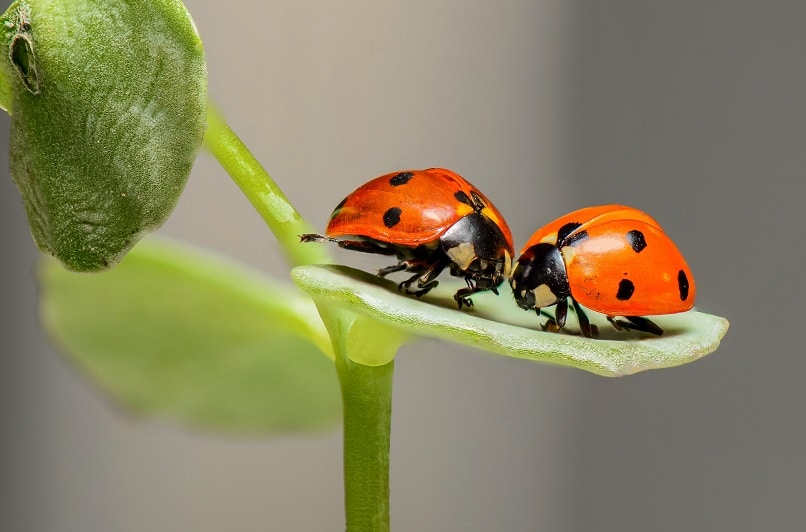
Choosing the Right Pesticide
When selecting a pesticide for indoor plant bug control, it is crucial to choose one that is labeled for indoor use and specifically targets the insects causing the infestation. Carefully read and follow the instructions provided on the pesticide label to ensure safe and effective use. Additionally, consider using insecticides with low toxicity to minimize the impact on human health and the environment.
Proper Use of Pesticides
Using pesticides responsibly is essential to ensure the safety of both the plants and the individuals involved. Apply pesticides only in accordance with the labeled instructions, and avoid spraying excessively or too frequently. Always protect yourself by wearing protective clothing and using appropriate application equipment. Additionally, be mindful of the potential adverse effects on beneficial insects, wildlife, and the overall indoor environment.
Effects and Risks of Chemicals to Indoor Plants and Environment
The use of chemical pesticides may pose some risks to indoor plants and the surrounding environment. Overuse or misuse of pesticides can harm the plants themselves, leading to leaf burn or other adverse effects. It is crucial to follow the recommended doses and application frequency to minimize these risks. Furthermore, chemicals used indoors can potentially contaminate the air, soil, and water sources, highlighting the importance of responsible and judicious pesticide use.
Impact of Indoor Plant Bug Infestations on Human Health
Bug infestations in indoor plants can have potential health implications for the individuals living or working in the space. Understanding these health risks is crucial for proper management of bug infestations.
Potential Health Risks
Bug infestations in indoor plants can trigger allergic reactions and asthma attacks in susceptible individuals. Inhaling airborne allergens, such as insect debris or pollen, can lead to symptoms such as coughing, sneezing, itchy eyes, and respiratory distress. Additionally, some bugs, like certain species of ants or beetles, can bite or sting humans, resulting in painful allergic reactions or skin irritations.
Allergies and Skin Irritations
Certain bugs and their waste products can trigger allergies and skin irritations when in contact with humans. For instance, spider mite infestations can cause skin rashes upon contact with the mites or their webbing. Similarly, exposure to aphid secretions or mealybug honeydew may result in skin irritations or allergic reactions. These allergies and irritations can vary in severity depending on the individual’s sensitivity and the specific bug species involved.
Possible Diseases Transmitted by Plant Bugs
While the transmission of diseases from bugs to humans is rare, it is still a concern to be aware of. Certain insects, such as fungus gnats or mosquitoes, can transmit diseases if they have previously fed on infected plants or animals. However, the risk of disease transmission from indoor plant bugs to humans is generally low. Nevertheless, it is important to maintain good hygiene practices, such as thorough hand washing after handling infested plants, to minimize any potential risks.
Case Studies of Bug Infestations in Indoor Plants
Examining real-life instances of severe bug infestations can provide valuable insights into the challenges faced by indoor plant owners and the effectiveness of different control measures.
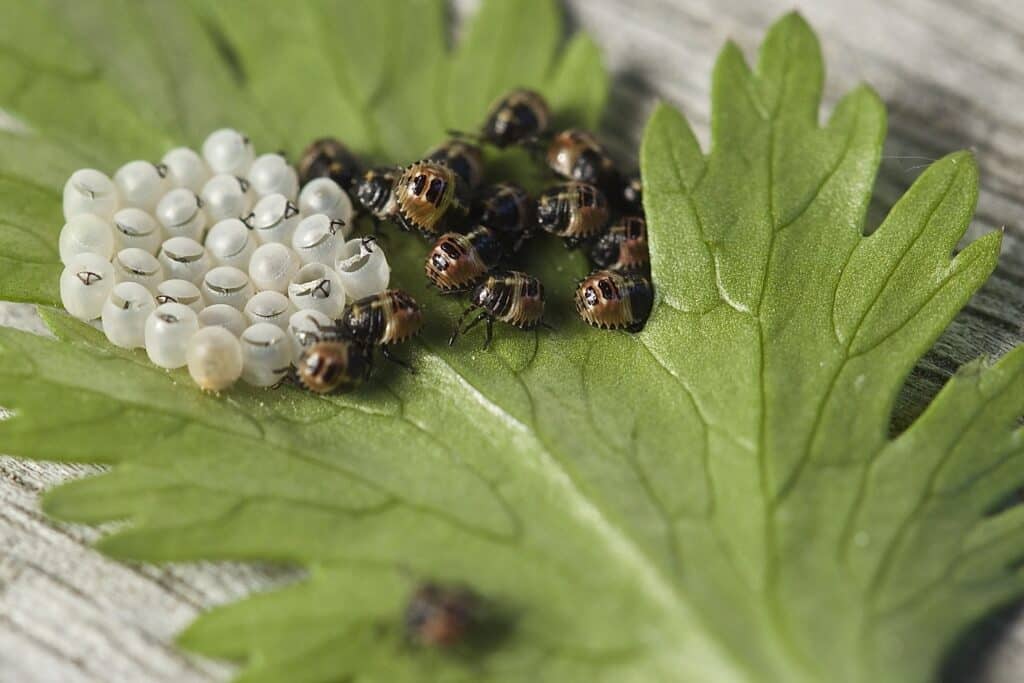
Real-Life Instances of Severe Plant Infestations
Numerous accounts of severe bug infestations in indoor plants have been documented. These cases range from infestations by spider mites that rapidly destroyed entire collections of prized plants to aphid outbreaks that caused significant damage to indoor vegetable gardens. These real-life instances serve as a reminder that bug infestations can happen to anyone and emphasize the importance of proactive prevention and early intervention.
Lessons Learned from Infestation Cases
Analyzing infestation cases can provide valuable lessons for indoor plant owners. It highlights the importance of properly identifying the insects causing the infestation to determine the most effective control methods. Additionally, it emphasizes the significance of regular inspections and adopting preventative measures to minimize the risk of infestations. Sharing these experiences can help others recognize and address bug infestations before they become overwhelming.
The Success and Failure of Infestation Control Measures
Examining the success and failure of various infestation control measures helps identify the most effective strategies. Successful cases often involve a combination of non-chemical methods, such as physical barriers, traps, and beneficial insects. However, cases of failure often result from inadequate timing of interventions, insufficient knowledge of the specific pest, or over-reliance on chemical pesticides. Understanding both successful and unsuccessful scenarios helps indoor plant owners make informed decisions and choose the most appropriate control methods.
Conclusion
In conclusion, indoor plants are a wonderful addition to any space, providing beauty and numerous benefits. However, understanding the nature of indoor plants, the insects they attract, and the underlying reasons for this attraction is crucial in effectively preventing and managing bug infestations. By implementing proper plant care, creating an unfavorable environment for bugs, and employing appropriate control methods, the health and vitality of indoor plants can be maintained, ensuring a bug-free and thriving indoor garden.

